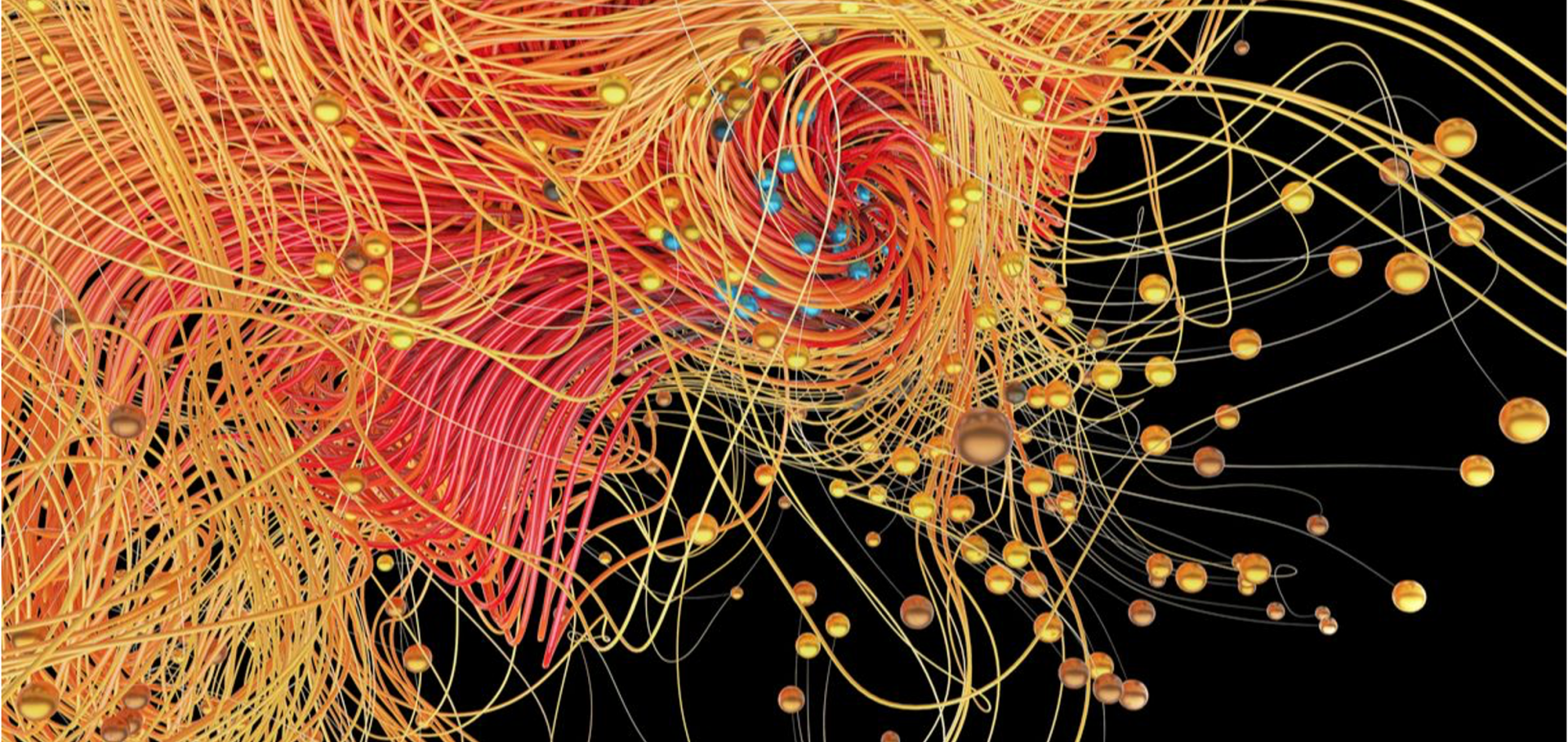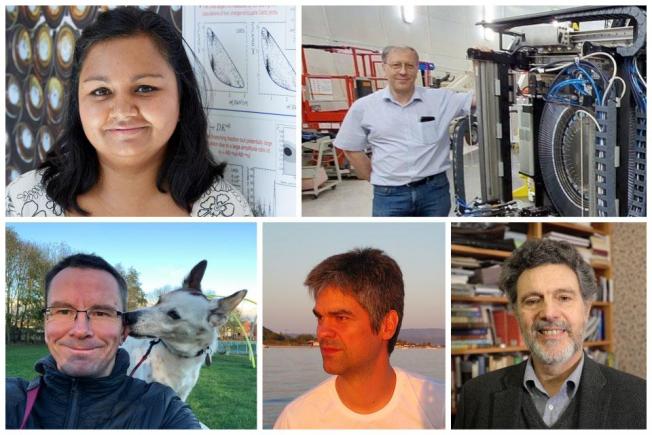Spatial cross-over of polarons across the CMR transition in La0.75Ca0.25MnO3 system.
J Synchrotron Radiat 6:Pt 3 (1999) 776-778
Transition from itinerant to polaronic conduction in La1-x Srx CoO3 perovskites
Europhysics Letters 45:3 (1999) 399-405
Abstract:
Neutron diffraction and small-angle scattering on La1-xSrxCoO3 (0 < x ≤ 0.30) show that for x = 0.3 the system is near a two-phase percolation threshold and undergoes a transition from itinerant to polaronic conduction at the Curie temperature TC-The stabilization of superparamagnetic clusters on warming through TC is revealed by an anomalous thermal expansion of the volume and a deviation of the paramagnetic susceptibility from the Curie-Weiss law. The development of a temperature-dependent small-angle-scattering signal confirms that regions of short-range ferromagnetic order are present above TC.Lattice effects and magnetic structure in the layered colossal magnetoresistance manganite La2-2x Sr1+2x Mn2 O7 , x = 0.3
Physical Review B - Condensed Matter and Materials Physics 59:13 (1999) 8695-8702
Abstract:
We report on the temperature dependence of the crystal and magnetic structure of the layered colossal magnetoresistive manganite, La2-2xSr1+2xMn2O7, x = 0.3. Neutron-diffraction measurements show that the insulator-metal (IM) transition (TIM) at 100 K is accompanied by a ferromagnetic (FM) ordering of spins within MnO6 bilayers (intrabilayer coupling), but with an antiferromagnetic coupling between neighboring bilayers (interbilayer coupling). Below TIM, the Mn spins rotate from 45° inclination to the c axis until they are almost parallel to the c axis at 5 K. Coincident with this spin reorientation, a FM c axis component develops below 75 K. Evidence from both neutron and synchrotron x-ray-diffraction experiments suggest that the FM c-axis magnetic moment results from a second layered manganite phase with composition 0.3≲x≲0.32. This observation emphasizes the need for thorough examination of the homogeneity when measuring bulk properties (e.g., magnetization, transport) of nominally x=0.3 samples. Associated with the electronic and magnetic transitions, a pronounced lattice response along the c axis (observed in both phases) signals a transfer of charge into dx2-y2 orbitals in the low-temperature phase. That the lattice effects here are opposite in sign to those observed in the x=0.4 layered manganite points to the sensitivity of the spin-lattice-charge coupling to dopant concentration in these reduced-dimensionality manganites. © 1999 ThAmerican Physical Society.Location of Brønsted sites in D-ferrierite by neutron powder diffraction
Microporous and Mesoporous Materials 30:1 (1999) 95-101
Abstract:
Neutron Rietveld refinement of a synthetic low silica ferrierite in deuterium form was performed in the Immm space group. This space group is different from that of as-synthesized form (which is P21/n), and its cell volume (V=1977Å3) is slightly smaller (V=1984Å3). These differences do not cause noticeable modifications in the framework. Two Brønsted acid sites were recognized. The first was on framework oxygen O4, which bridges T1 and T3 tetrahedron cations, and headed towards the center of the ferrierite cage. The other was on the framework oxygen O6, which bridges two T4 tetrahedron cations, and headed towards the 10-ring channel parallel to [001], not far from the center of the 8-ring of the ferrierite cage facing towards the channel. Both deuterium sites were occupied in about 15% of cases. Three other extraframework sites, at great distances from the extraframework oxygens and weakly occupied, were recognized in D-ferrierite, and were attributed to residual ND4 groups. © 1999 Elsevier Science B.V.Neutron diffraction from novel materials
MRS Bulletin 24:12 (1999) 24-28



